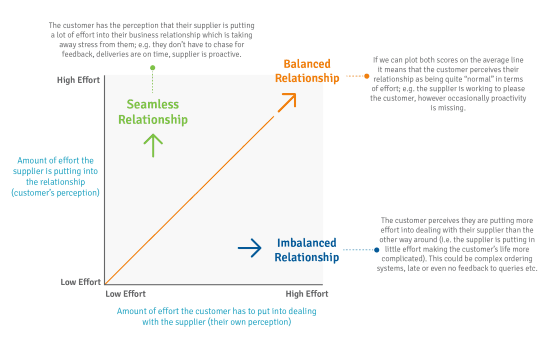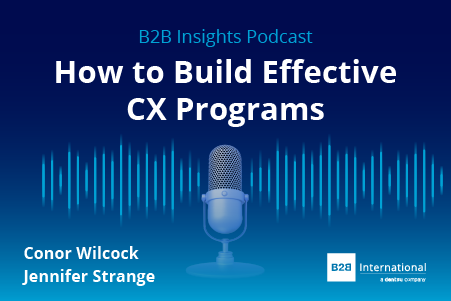
NPS and CSAT scores are the most commonly used CX metrics – but what if they’re only telling half the story? In reality, there’s no single, definitive, all-encompassing CX metric. Each measure provides insight into subtly different aspects of the customer journey. Incorporating lesser-known metrics into your program can help build a more holistic picture of customer experience, especially when multiple measures are used together and triangulated.

Likelihood to Repurchase
Likelihood to repurchase is a valuable CX metric because it reflects actual future business intent, rather than just satisfaction or loyalty. NPS and CSAT scores typically capture customers’ most recent brand interactions, while likelihood to repurchase offers a longer-term view by assessing whether customers might stop doing business with the brand. As such, it helps cut through the noise of fluctuating NPS and CSAT scores and provides real insight into how CX may impact future revenue.
CES – Customer Effort Score
Customer Effort Score (CES) measures how easy or difficult it is to interact with a company. It’s a strong overall indicator of CX because it encapsulates all touchpoints in the customer journey. If a customer encounters difficulty at any stage, it will be reflected in their score. By identifying where these difficulties occur, bottlenecks in the journey can be pinpointed and addressed more easily.

Customer Effort Score
TTR – Time to Resolution
Time to Resolution (TTR) is an invaluable CX metric because it measures actual service performance. While CSAT and NPS gauge sentiment, TTR offers a concrete operational lens on service delivery. Resolving issues quickly has been shown to significantly boost loyalty and satisfaction, whereas long resolution times often signal systemic inefficiencies. By comparing TTR with CSAT or NPS, you can explore the reparative effects of fast issue resolution – for example, by comparing the scores of customers who experienced short versus long resolution times.

Including a range of CX metrics in your program provides a more balanced and long-term view of performance. It goes beyond satisfaction and loyalty to assess operational effectiveness, future customer intentions, and the ease of doing business.
To discuss how our tailored insights programs can help solve your specific business challenges, get in touch and one of the team will be happy to help.

